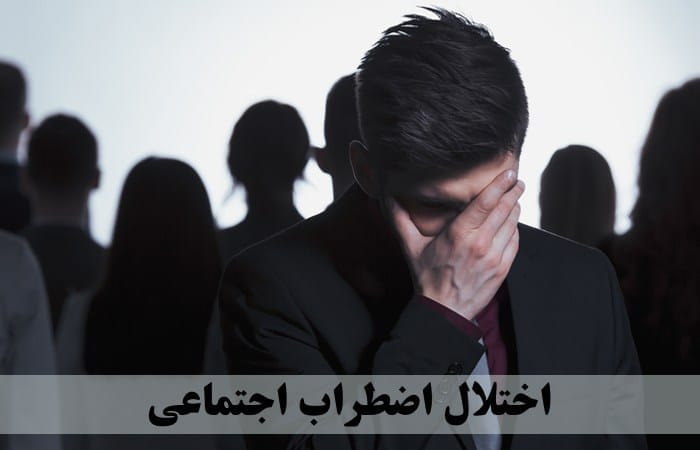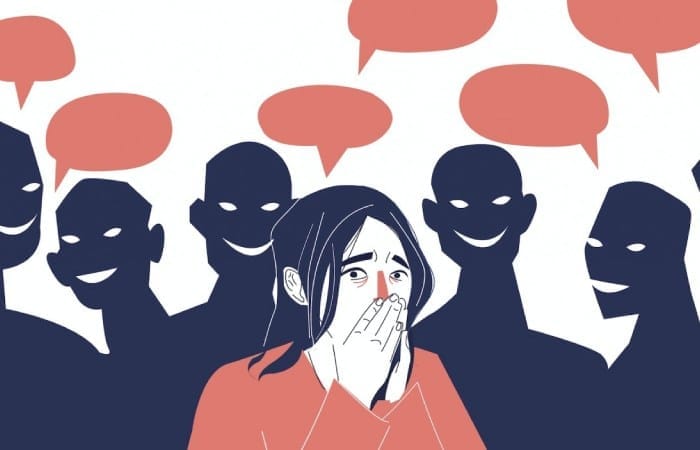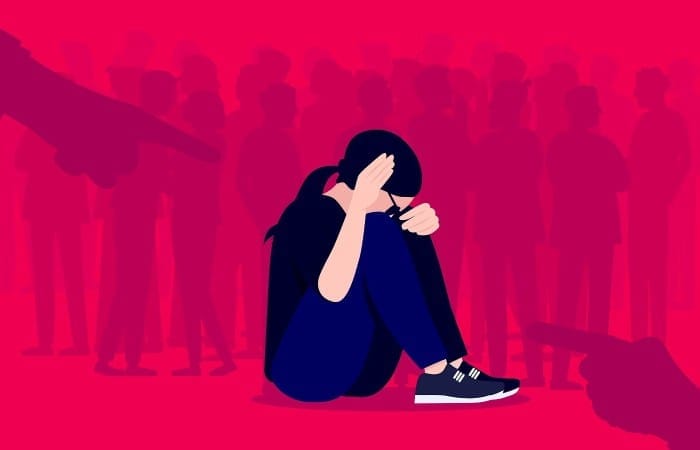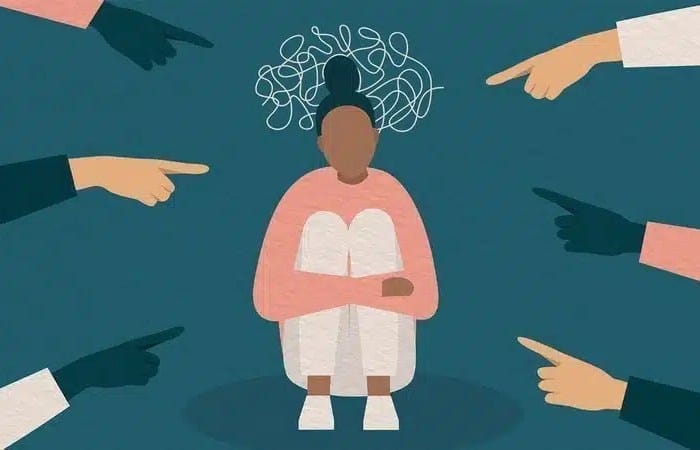
Blog
Social anxiety disorder

Social Anxiety Disorder (previously known as “social phobia”) was officially recognized as a separate phobic disorder in the mid-1960s (Marks Gelder, 1965). The term “social anxiety disorder” reflects the current understanding, including in diagnostic guidelines, and is used throughout the guidelines. According to the International Classification of Diseases, Tenth Revision (ICD-10) (World Health Organization, 1992) and in the Diagnostic and Statistical Manual of Mental Disorders, Fourth Edition, Text Revision (DSM-IV-TR) (American Psychiatric Association, 2000), social anxiety disorder is characterized by a persistent fear of one or more social situations in which embarrassment may occur. The fear or anxiety is excessive compared to the actual threat posed by the social situation, as determined by the individual’s cultural norms.
فهرست عناوین
ToggleSocial situations that may trigger social anxiety
Common social situations that trigger social anxiety disorder can be categorized as those involving interaction, observation, and performance. These situations include meeting people, including strangers, speaking in meetings or groups, starting conversations, talking to authority figures, working, eating or drinking while being observed, going to school, shopping, being seen in public, using public restrooms, and performing in public, such as speaking. While anxiety about some of the above situations is common in the general population, individuals with social anxiety disorder may excessively worry about them and experience anxiety weeks in advance of an anticipated social situation.

Signs of Social Anxiety
Individuals with social anxiety disorder fear that they will (involuntarily or unintentionally) say or do something they believe is humiliating or embarrassing (such as blushing, sweating, trembling, appearing anxious, or seeming boring, foolish, or incompetent).
They often try to avoid their most frightening situations. However, this is not always feasible, and they endure these situations afterward, usually experiencing intense distress. Typically, this condition causes significant impairment in social, occupational, or other areas of functioning.
Children may exhibit their anxiety somewhat differently than adults. In addition to withdrawing from interaction, they may be more likely to cry or “freeze” or have behavioral outbursts such as anger. They may also be less willing to acknowledge that their fears are irrational when away from a social situation. Specific situations that can pose problems for socially anxious children and adolescents include participating in class activities, asking for help in the classroom, engaging in activities with peers (such as team sports or attending parties and clubs), participating in school performances, and negotiating social challenges.
How Common is Social Anxiety Disorder?
Social anxiety disorder is one of the most common anxiety disorders. The lifetime prevalence has been reported to be up to 12% (Kessler et al., 2005a). In comparison, the estimated lifetime prevalence for other anxiety disorders is 6% for generalized anxiety disorder, 5% for panic disorder, 7% for post-traumatic stress disorder, and 2% for obsessive-compulsive disorder. Using stringent criteria and face-to-face interviews in the United States, the lifetime and annual prevalence figures are reduced to 5% and 3%, respectively, it remains more common than primary autoimmune conditions. Data from the National Comorbidity Survey indicate that social anxiety disorder is the third most common psychiatric disorder after major depression and alcohol dependence (Kessler et al., 2005a).
Social anxiety disorder affects both women and men equally, but studies show that women are slightly more likely to be affected by it (Kessler et al., 2005a). Turk and colleagues (Turk et al., 1998) reported that in a clinical sample, women fear more social situations and scored higher on a range of social anxiety criteria. Therefore, while women are more likely to experience social anxiety, men may be more inclined to seek treatment even with less severe symptoms.
When does social anxiety disorder begin and how long does it last?
Social anxiety disorder typically starts during childhood or adolescence. Among individuals seeking treatment in adulthood, the average age of onset is early to mid-adolescence, and most people have developed this condition before reaching their 20s. However, there is a small subgroup of individuals who develop the disorder later in life. Some individuals can pinpoint a specific event that triggered their social anxiety disorder, such as moving to a new school or being bullied or teased. Others may have always been shy and notice a gradual but significant increase in their anxiety around others. Still, others may not be able to recall a time when they were free from social anxiety.
Suggested article: Child depression
Are there different types of social anxiety disorder?
Individuals with social anxiety disorder vary greatly in terms of the number and type of social situations they fear, as well as the number and range of their feared consequences. These two features (feared situations and feared consequences) can differ independently. For example, some individuals may only fear one or two situations but have multiple feared consequences (such as “I will seem boring,” “I will sweat,” “I will seem incompetent,” “I will blush,” “I will seem foolish,” or “I will seem anxious”). Others may fear many situations but have only one feared consequence (such as “I will blush”). Due to this diversity, researchers have considered whether it may be helpful to divide social anxiety disorder into subgroups.
Various subtypes have been suggested, some of which are defined by specific feared consequences (such as fear of blushing, fear of sweating, etc.). The most common division is between generalized social anxiety disorder, where individuals fear most social situations, and non-generalized social anxiety disorder, where individuals fear a more limited range of events (often, but not always, including performance tasks such as public speaking). However, some authors believe that the difference between these subgroups is a matter of a degree, with the generalized subtype associated with more significant impairment and higher rates of comorbidity with other psychiatric disorders (Kessler et al., 1998). The generalized subtype also has stronger familial aggregation, an earlier age of onset, and a more chronic course. While most psychological treatments apply to both subgroups, the evaluation of pharmacological treatments has primarily focused on generalized social anxiety disorder.
برای مشاوره رایگان و رزرو وقت (یا اگر تماس گرفتید و قادر به پاسخگویی نبودیم) شماره تماس خود را وارد کنید. ما به زودی با شما تماس می گیریم!





